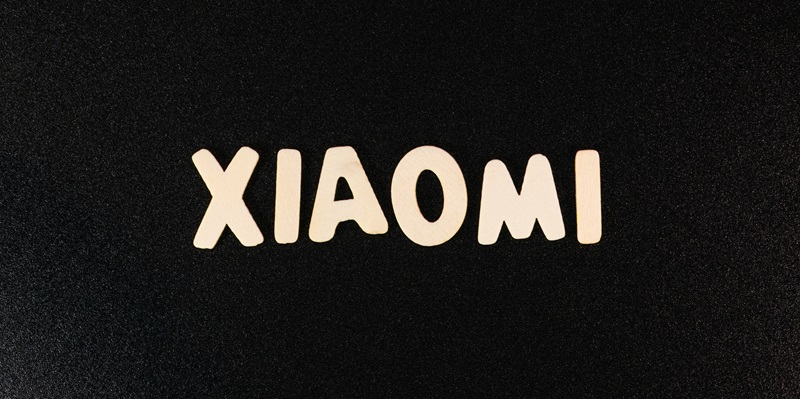Xiaomi, a company well-known for its keen ability to blend innovation with affordability, is preparing to launch its latest entry in the Poco series: the Poco C75. Following the recent success of the Poco M6 Plus 5G, and looking forward to the highly anticipated F7 flagship series set to debut in 2025, Xiaomi aims to captivate budget-conscious consumers with the Poco C75. As a successor to the Poco C65, the new device has already garnered considerable attention thanks to multiple certifications that indicate its imminent release in Europe.
The Poco C75, which has been identified with model number 2410FPCC5G, recently appeared in several certification databases, including the IMEI database, FCC, and EEC. These certifications typically signal that a product’s launch is just around the corner, further fueling anticipation among Xiaomi fans. Initially, the certifications had some suggesting that the Poco C75 might include 5G support, but it has since been confirmed that the model only supports LTE, 3G, and GSM. In addition to cellular connectivity, the device will come equipped with WiFi, Bluetooth, and NFC capabilities, ensuring a well-rounded set of basic features for the average user. Its operating system, HyperOS 1.0, is expected to be based on Android 14, keeping the software up-to-date with the latest Android developments.
Speculation and Confirmed Features
One of the fascinating aspects of the Poco C75’s impending release is the swirl of speculation and the few confirmed features that have surfaced thus far. Despite lingering uncertainties, several aspects about this budget-friendly phone help form a clearer picture of what consumers can expect. Notably, Xiaomi’s efforts to maintain up-to-date software while balancing cost-efficiency are evidenced by its transition to HyperOS 1.0. This new operating system iteration, possibly built on Android 14, signifies Xiaomi’s focus on delivering contemporary software experiences even at lower price points.
In the HyperOS source code, model numbers C3N and C3NL were found alongside references to the Helio G81 processor. However, this processor would be a downgrade from the Poco C65’s Helio G85. This potential inconsistency has led some to speculate that it might be an error or placeholder. Typically, newer models in a series are expected to offer at least incremental, if not substantial, improvements, so it remains to be seen whether the C75 will contain a different processor than initially anticipated. Nonetheless, Xiaomi’s attempt to innovate within constrained budgets is evident in other Poco C65 features like its 6.74-inch, 90 Hz HD+ display, a 50 MP AI triple camera setup, and a significant 5,000 mAh battery with 18W fast charging, offering valuable insights into potential upgrades in the Poco C75.
Xiaomi’s Strategic Approach
Xiaomi, renowned for combining innovation and affordability, is preparing to unveil the latest in its Poco series: the Poco C75. Following the success of the Poco M6 Plus 5G and the anticipation of the F7 flagship series set for 2025, Xiaomi continues to target budget-conscious consumers with the Poco C75. Succeeding the Poco C65, this new device has generated significant buzz, backed by multiple certifications hinting at its imminent release in Europe.
Identified by model number 2410FPCC5G, the Poco C75 has appeared in various certification databases such as IMEI, FCC, and EEC, suggesting a near-future launch. Initial speculation hinted at possible 5G support, but it has been confirmed that the model will support LTE, 3G, and GSM. Furthermore, it will feature WiFi, Bluetooth, and NFC for a comprehensive set of connectivity options. The phone will operate on HyperOS 1.0, which is based on Android 14, ensuring it remains in sync with the latest Android updates. This blend of affordable pricing and updated features makes the Poco C75 a highly anticipated entry in Xiaomi’s lineup.

